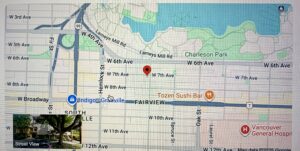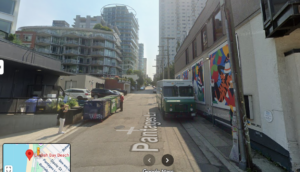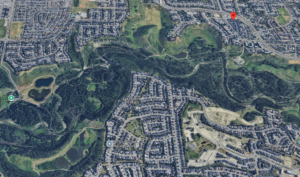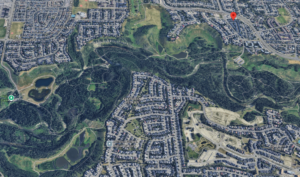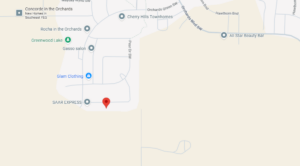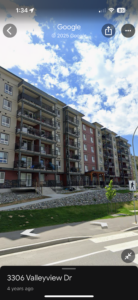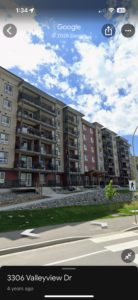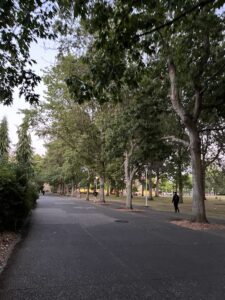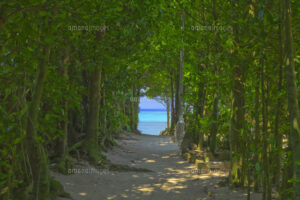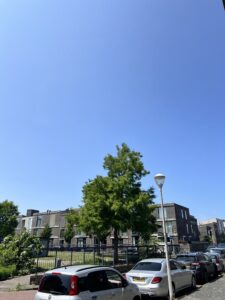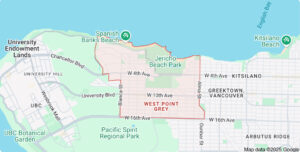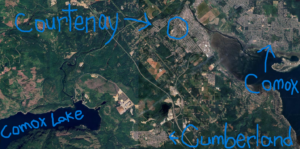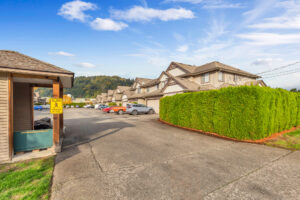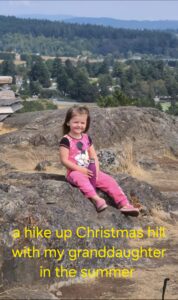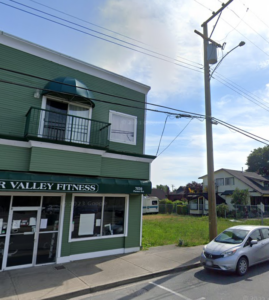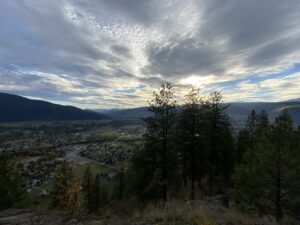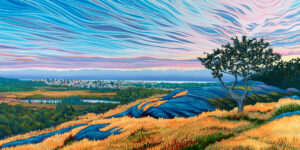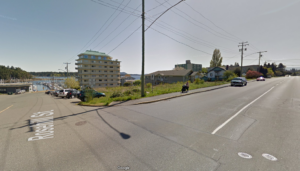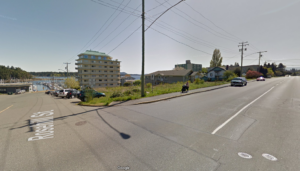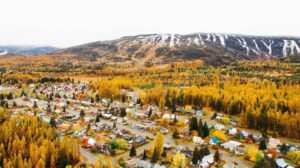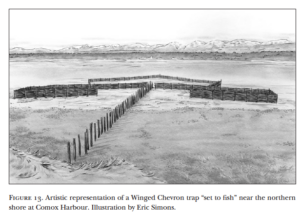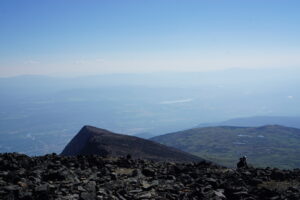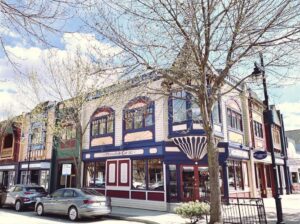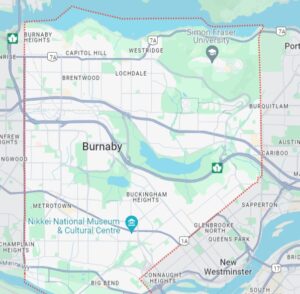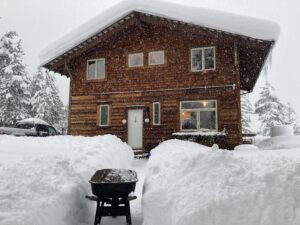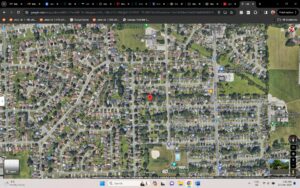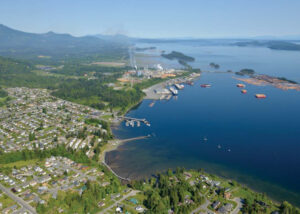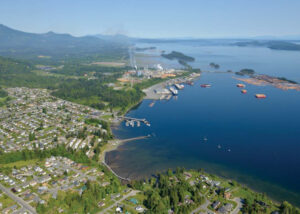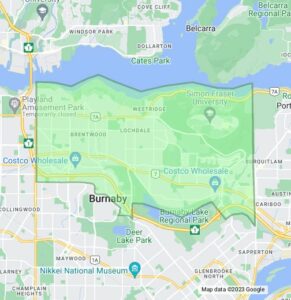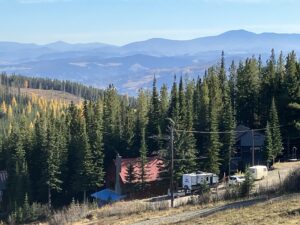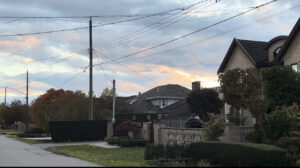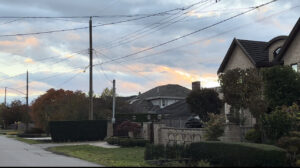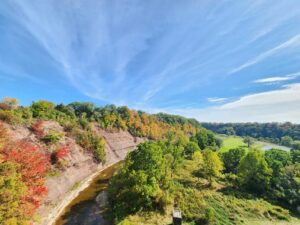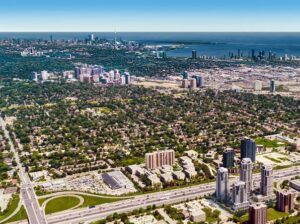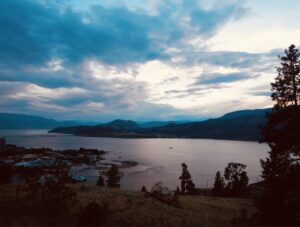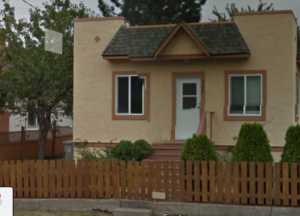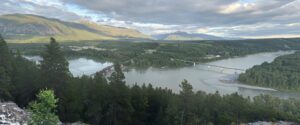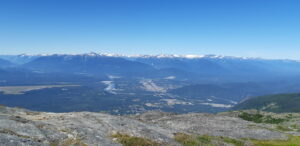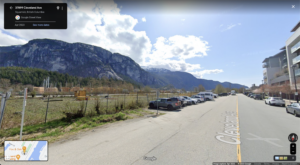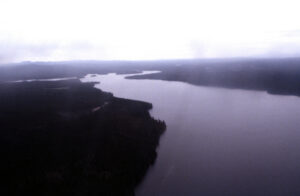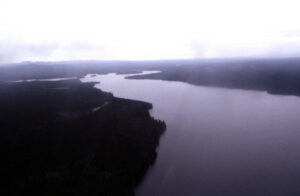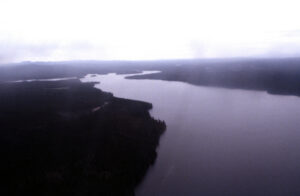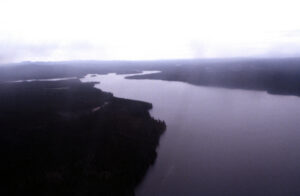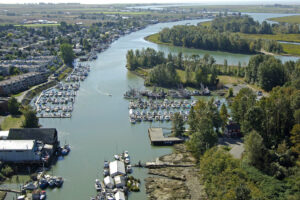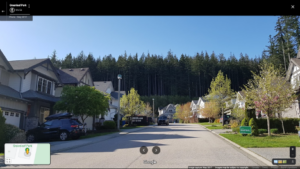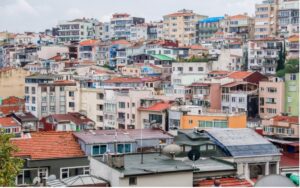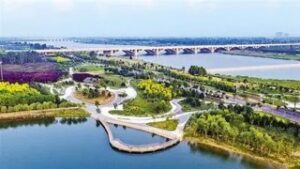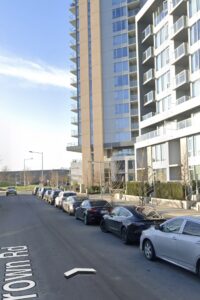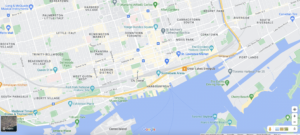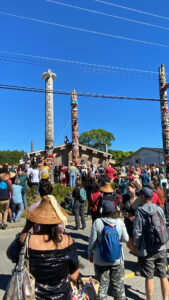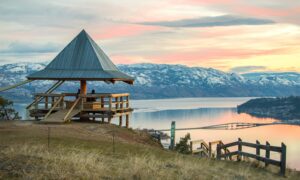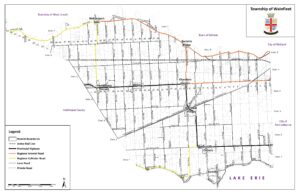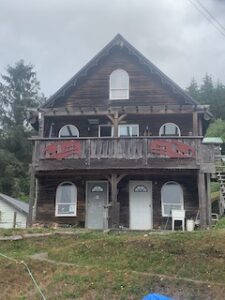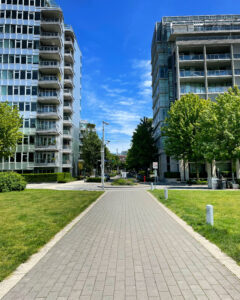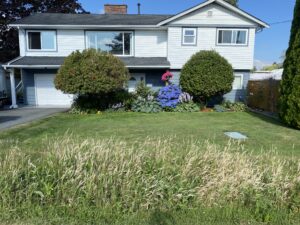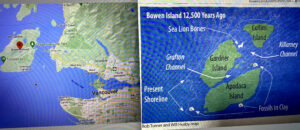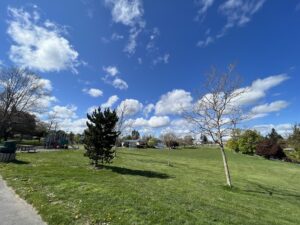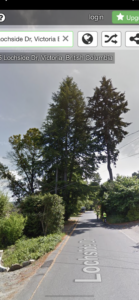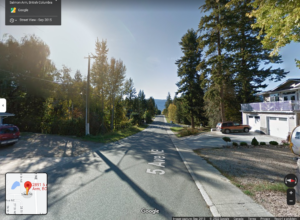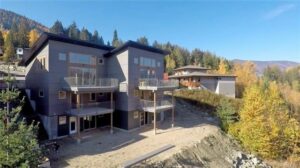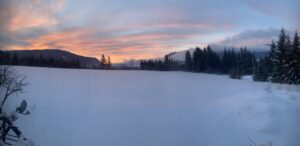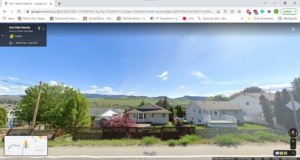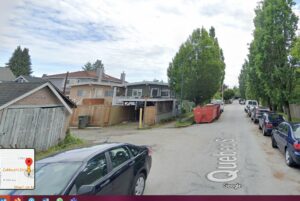Exercise #1: Local Environmental History
Instructions
For Exercise #1, you will bring environmental concepts home by looking at your neighbourhood’s environmental history.
- Using the submission form, post a photo of your area (Google Street View if you do not want to show your home) on this interactive map and explain the ecological history of this space, as per this example.
- Write a 700 to 1100 word of the ecological history of this physical environment, including where applicable: pre-contact use and settlement; wildlife past and present; early settlement and resource extraction; invasive species; urban development; stewardship actions (urban stormwater retention systems; community gardens; composting facilities).
- You must show where you found your information, either through footnote citations or with links embedded in the text, or a combination of both.
- The writing can be informal, as per the Exercise 1 Sample (you may even use first person, which definitely will not fly with your historiography and major essay projects!) but correct spelling and grammar are expected.
- In most cases, given the readily available information online, this exercise need not take more than 6–8 hours to complete. It is meant to help you think historically about your environment—to read it through an ecological lens. If you live in a rural area or small town, you may think that there is less to say than what you read in the sample based on a Vancouver neighbourhood, but this is not the case. The environmental history will be very different, and you might focus far more on, say, the settlement period of the late nineteenth century, or the implications of the introduction of cattle or irrigation and less on events of the 1960s and 70s.
- Please note, you should write and edit your submission in a separate file then copy and paste it into the submission box. Once submitted to the HIST 3991 trubox site, you will not be able to edit your post.
Are you a student of HIST 3991? Click here to add a submission to this assignment.
Submissions
Latest Posts
Victoria
October 12, 2023 By: Sky Freeman
Dr. Butorac HIST 3991_SW3 Environmental History Sky Freeman I am currently living in downtown Victoria, on View St. which is a just couple blocks off the main road. My apartment building is attached to a shopping complex. There is a local grocery store as well as a London drugs and though the area is older the building itself is quite new it’s only about 20 years old. Despite this, the entire block will be demolished in the next few years to make a 23-storey rental structure with commercial shopping in the bottom 4 floors. Due to the area having received…
Etobicoke, Ontario
October 10, 2023 By: Bruno Knopfel
According to Wikipedia, the lands now known as Etobicoke bore witness to a number of First Nations communities. It is believed that Algonquian tribes, journeying from the Atlantic to the shores of Lake Erie, established their presence in this territory. The Huron-Wendat were the primary residents of Lake Ontario’s north shore, forming a deep connection with the waters. Yet, the 17th century brought turbulent times for the Huron-Wendat. They faced adversity from the Iroquois, Ojibway, and Potawatomi, fellow Algonquin nations fighting for dominion. The land resonated with the convergence of diverse cultures and aspirations, leaving enduring marks on its venerable…
Kelowna
September 19, 2023 By: Vic
Prof. N. Fennema HIST 3991: Environmental History V. Pattenden Sept 19, 2023 Kelowna The city of Kelowna is situated upon the traditional territory of the Syilx/Okanagan People and its namesake originates from the Syilx/Okanagan word ki/ldwap?, meaning grizzly bear. (1) Kelowna is located between the Cascade and Columbia Mountain ranges on the Interior Plateau of BC with its core, downtown area being surrounded by Okanagan Lake. (2) The city of Kelowna has grown to become the biggest metropolitan area in the Central Okanagan and the third largest in British Columbia. Kelowna is a major tourism hotspot due to its desirable…
Kamloops, BC
September 18, 2023 By: Sam McQuillan-Gordon
My hometown is right here in Kamloops, located in the beautiful semi-arid desert of BC’s interior. Kamloops has has a rich and diverse history that stretches back thousands of years; the area was originally inhabited by the Secwépemc (Shuswap) First Nations, who have lived in the region for over 5,000 years. (1) These Indigenous communities held a deep respect for the land, utilizing its diverse resources in a sustainable manner. They relied on the bountiful ecosystems for sustenance, leveraging salmon runs, hunting game, and gathering plants for food, medicine, and cultural practices. The Secwépemc’s harmonious relationship with nature fostered biodiversity…
My Location: Mission, BC
August 18, 2023 By: Riley Phillips
My Location: Mission, BC. Located within the Fraser Valley, a lot of Mission’s history really shows how people and nature can/have interacted. Over time, a lot of the land in Mission has seen a lot of changes in terms of Indigenous land use, resource use, restorative efforts, and overall growth as many people move here to call it home. Long before Europeans came, the Sto:lo (Or People of the River) Indigenous people took care of and controlled much of the lands now known as Mission. During this time period, the Sto:lo people traded dried salmon, fruits, and other things with…
